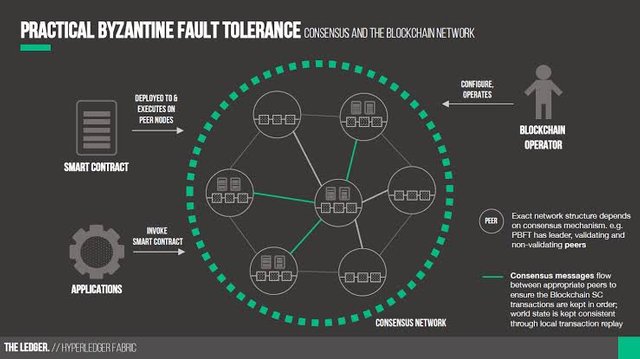HARMONY: The Revolution
Harmony ?
Harmony is a fully scalable, provably secure and energy efficient blockchain based on sharded technology. Harmony is based on Proof of Stake (PoS) blockchain which is energy efficient which makes it capable of enabling unprecedented transactions per second and also easily scale the network.
What is Proof of Stake (PoS)?
Proof of Stake is an alternative to Proof of Work (PoW). It concept states that the more coin a person holds, the more mining power given to the holder. When a transaction is initiated, a verification step is required from the miners which is to solve a computational puzzle known as Proof of Work (PoW) problem and the first miner to decrypt the puzzle is rewarded but mining requires high amount of electricity. PoS seeks to address this by limiting the miners to mine according to the percentage of the miner’s ownership stake.
Harmony Consensus Mechanism
Consensus is very important in any blockchain as it determines how secure and quick blockchain validators reach a consensus on the next block. There are different types of consensus protocols employed by different projects. For example, Bitcoin uses the PoW consensus protocol which requires the miners to first of all solve the PoW puzzle in order to know who to propose the next block. PoW consensus is also called Chain-based Consensus because the rule of this consensus protocol is that the longest chain will be the basic of all the chains. There are other consensus protocols like PBFT (Practical Byzantine Fault Tolerance) and FBFT ( Fast Byzantine Fault Tolerance). PBFT is a consensus protocol that is carried out in two different phase - the prepare and commit phase. Also in PBFT, one node is elected as the leader and the rest of the nodes are validators.
Harmony employs FBFT consensus protocol which is an improvement of PBFT because in FBFT, the leader runs a multi-signature signing process to collect the validators’ votes instead of asking the validators to rebroadcast their votes to other validators as in PBFT and this leads to reduced communication complexity.
Sharding Technology
Sharding is a process of dividing database computational responsibilities into smaller segments. Shards are smaller segments of the database’s computational responsibilities that can individually carry out their task.
There are many approaches that have been utilized before to assign nodes to shards and a good example is;
• Randomness-Based Sharding: Omniledger and Rapid-chain. In Randomness-Based Sharding, a mutually agreed random number is used to determine the Sharding assignment for the nodes and the random number must have the following properties; unpredictable, unbiaseable, verifiable and scaleable.
At a fixed time interval known as Epoch, Omniledger prevents the corruption of shards by reshuffling all the nodes In the shards while Rapid-chain reshuffled the nodes without interruptions by proposing the use of Bounded Cuckoo Rule.
Apart from Omniledger and Rapid-chain, Zilliqa that is the first Sharding-based public blockchain that claimed a throughput 2800 transactions per second because it uses PoW as identity registration process and transactions are assigned to different shards and processed separately and the resulting blocks are collected and merged at the directory-service committee.
Based on the solutions provided by Zilliqa, Omniledger and Rapid-chain; Harmony draws inspiration from them and it designs a PoS based full Sharding scheme that contains a beacon chain and multiple shard chains which makes Harmony linearly scalable and provably secure.
Resharding
The Sharding mechanism is a tool in which Harmony protects the shards from malicious validators but nevertheless the shards can be attacked when the validators are corrupt and this can only happen when the Sharding structure is fixed. According to the method in which the nodes, the attacks are classified into three (3) models; slowly adaptive, static round-adaptive and fully adaptive.
In order to solve the slowly adaptive attack, Harmony takes a cue from Omniledger by replacing validators in all shards every epoch. But this approach causes two major problems. In order to solve this two major problems , Harmony reshards the network by evicting validators that withdrew their stake and leaving those with stakes. This method is known as Cuckoo-rule Resharding Mechanism.
The resharding mechanism is the reason why Harmony edges above other Sharding networks and why Harmony is one of the best option blockchain projects should employ as their underlying infrastructure. Harmony is fully scalable blockchain and also allows propagate blocks quickly across the network. One important application of Harmony will be its unprecedented ability to support high number of transactions per second by virtue of a linearly scalable Byzantine Fault Tolerance (BFT) which is faster than PBFT. Harmony is a project that strives to scale trust for billions of people worldwide.
Preferred Reward: Ethereum

.jpeg)
.jpeg)
Congratulations @mikay! You received a personal award!
You can view your badges on your Steem Board and compare to others on the Steem Ranking
Vote for @Steemitboard as a witness to get one more award and increased upvotes!